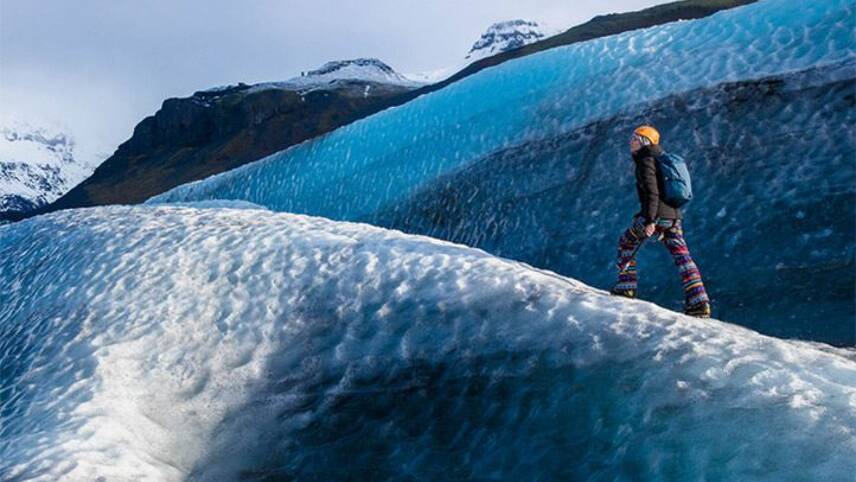Register for free and continue reading
Join our growing army of changemakers and get unlimited access to our premium content

Image: The North Face
Unveiled to coincide with COP25 in Madrid, VF Corporation’s latest sustainability report contains new targets around emissions and materials, as well as providing updates on the business’s 2018 highlights.
The new emissions targets commit VF Corporation to reduce its Scope 1 (direct) and Scope 2 (power-related) emissions by 55% by 2030, against a 2017 baseline, and to cut Scope 3 (indirect) emissions by 30% within the same timeframe.
On the latter of these targets, the firm will focus its efforts on three large sources of emissions: materials, sourcing operations and logistics. These focus areas were identified through a two-year collaboration with the Carbon Trust, which analysed and modelled data from 1,400 owned factories, 100 suppliers and all of VF Corporation’s distribution centres and global logistics partners.
“This work sends a strong signal to the apparel sector about the degree of transformation needed to truly address emissions across global supply and distribution chains and multiple brands,” the Carbon Trust’s chief executive Tom Delay said.
“The collaborative development process and focus on influencing others is what true corporate leadership looks like. We are excited to see VF achieve its ambitious goals.”
The announcement from VF Corporation comes on the same day that a new report from the Science-Based Targets Initiative (SBTi) revealed that 285 businesses have now set emissions aims in line with the Paris Agreement. The body estimates that the actions of these companies will spur more than $18bn in climate-mitigation investment and up to 90TWh of annual renewable electricity generation.
Living in a material world
While VF Corporation has not yet set specific targets around sourcing operations and logistics, its materials-related emissions targets will be bolstered by a new sustainable materials vision. This commits the businesses to sourcing 100% of its nine most frequently used materials from regenerative, recycled or renewable sources by 2030. Collectively, these nine materials account for 90% of the firm’s materials-related carbon emissions.
VF Corporation is already widely known for its ambitious work in sustainable resource and waste management and one of the key pillars of its ‘Made For Change’ sustainability strategy is circular business.
On materials specifically, Timberland and The North Face are both working to incorporate regenerative natural materials – wool and leather – into their products. The North Face is already selling products containing “net-positive” wool, while Timberland’s first lines incorporating regenerative leather will reach stores in 2020. Additionally, The North Face is one of the fashion industry’s most active brands in the upcycling space – as is Napapijri, which is also VF-Corporation-owned.
But VF Corporation’s vision for circularity also extends to business models. In 2018, The North Face launched a resale platform called ‘Renewed’ and began renting its camping gear through The Library of Things. Following the success of these schemes, Kipling will begin offering luggage rental by the end of 2019.
“We’re committed to forging a circular approach through experience and collaboration, piloting and testing, and learning as we go,” VF Corporation’s sustainability report states.” Our business structure enables us to minimize negative impacts to a single brand’s bottom line by investing dedicated resources and allowing pilot programs the incubation time needed for new ideas to fully blossom.”
Sarah George


Please login or Register to leave a comment.